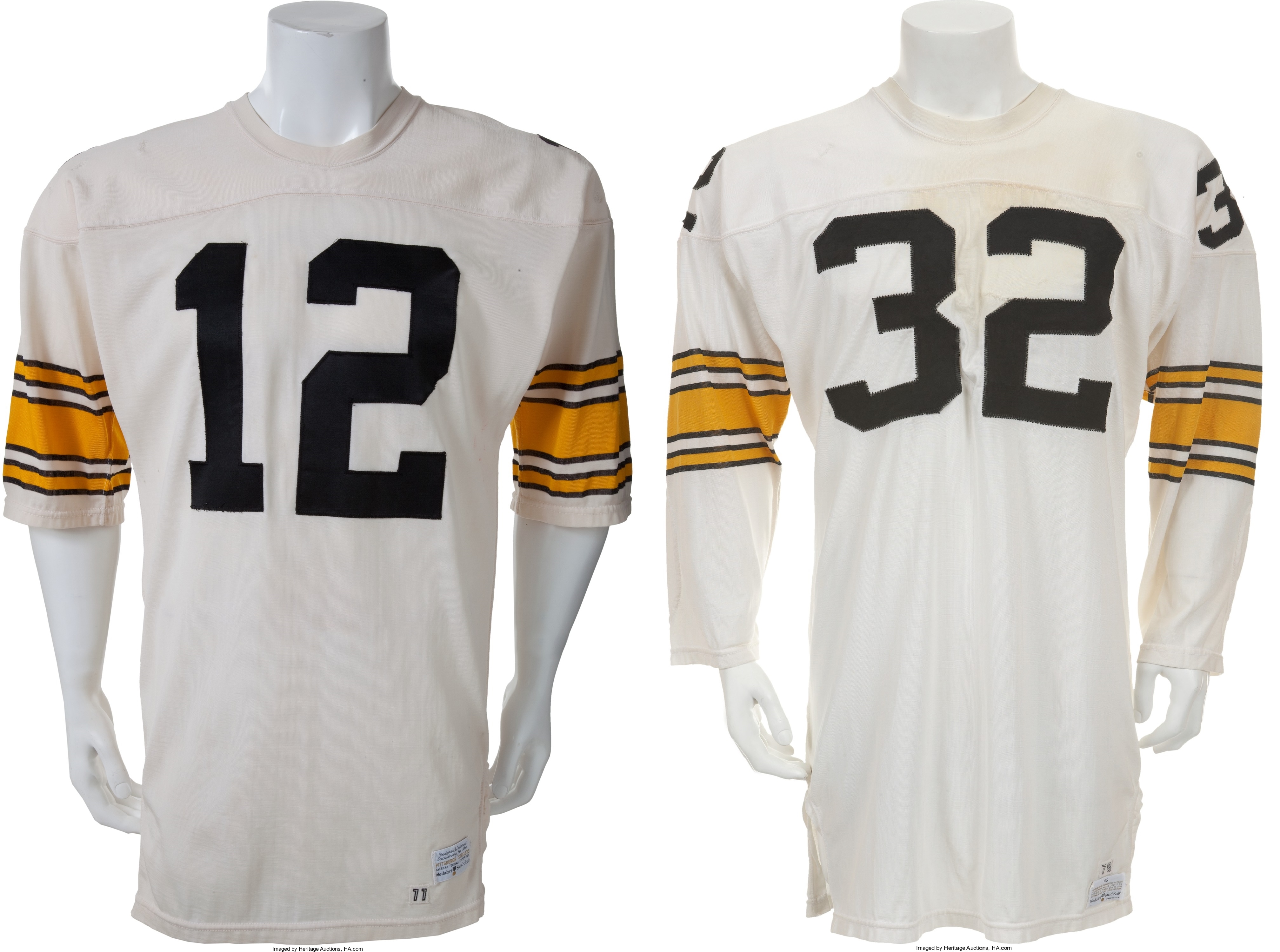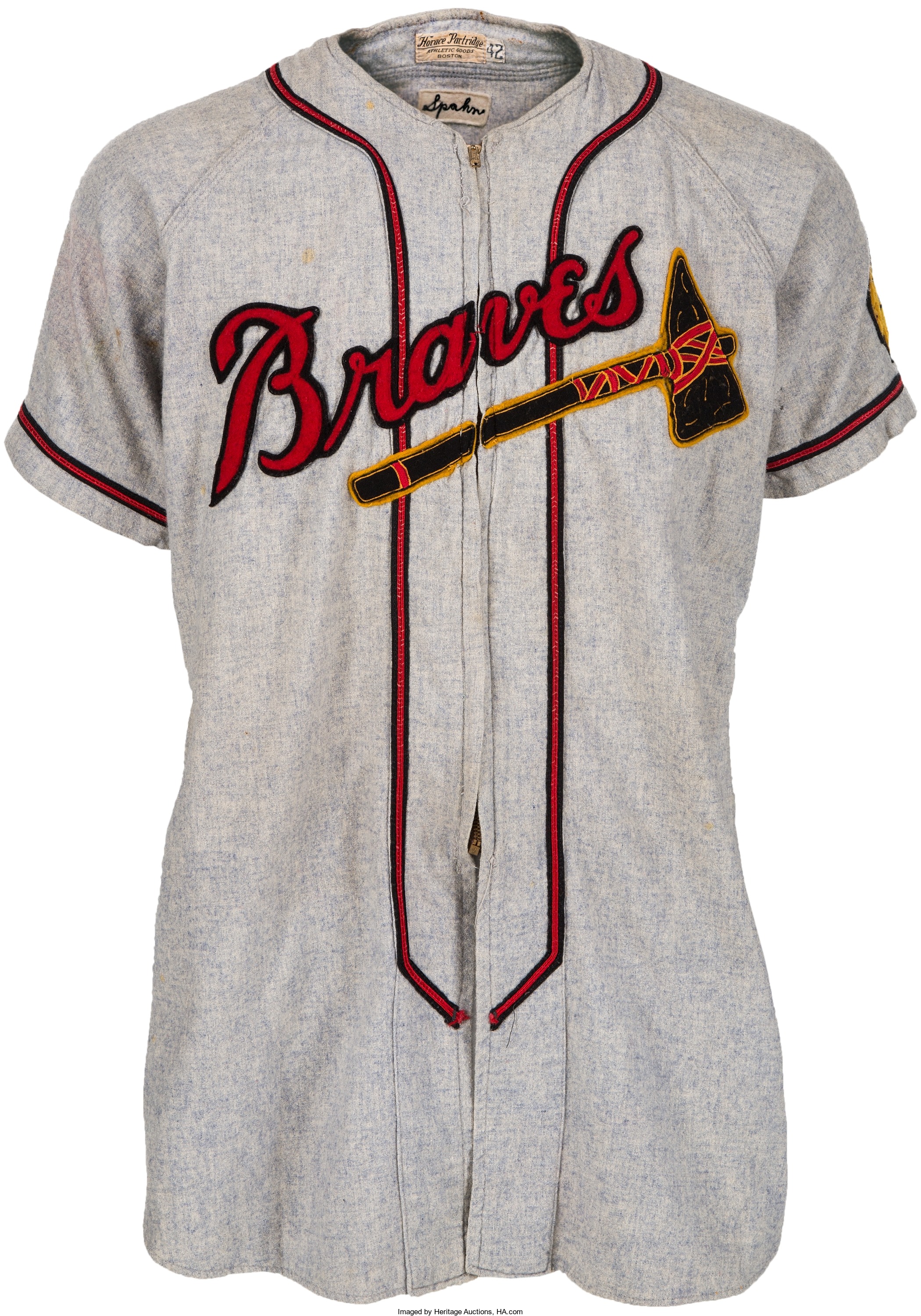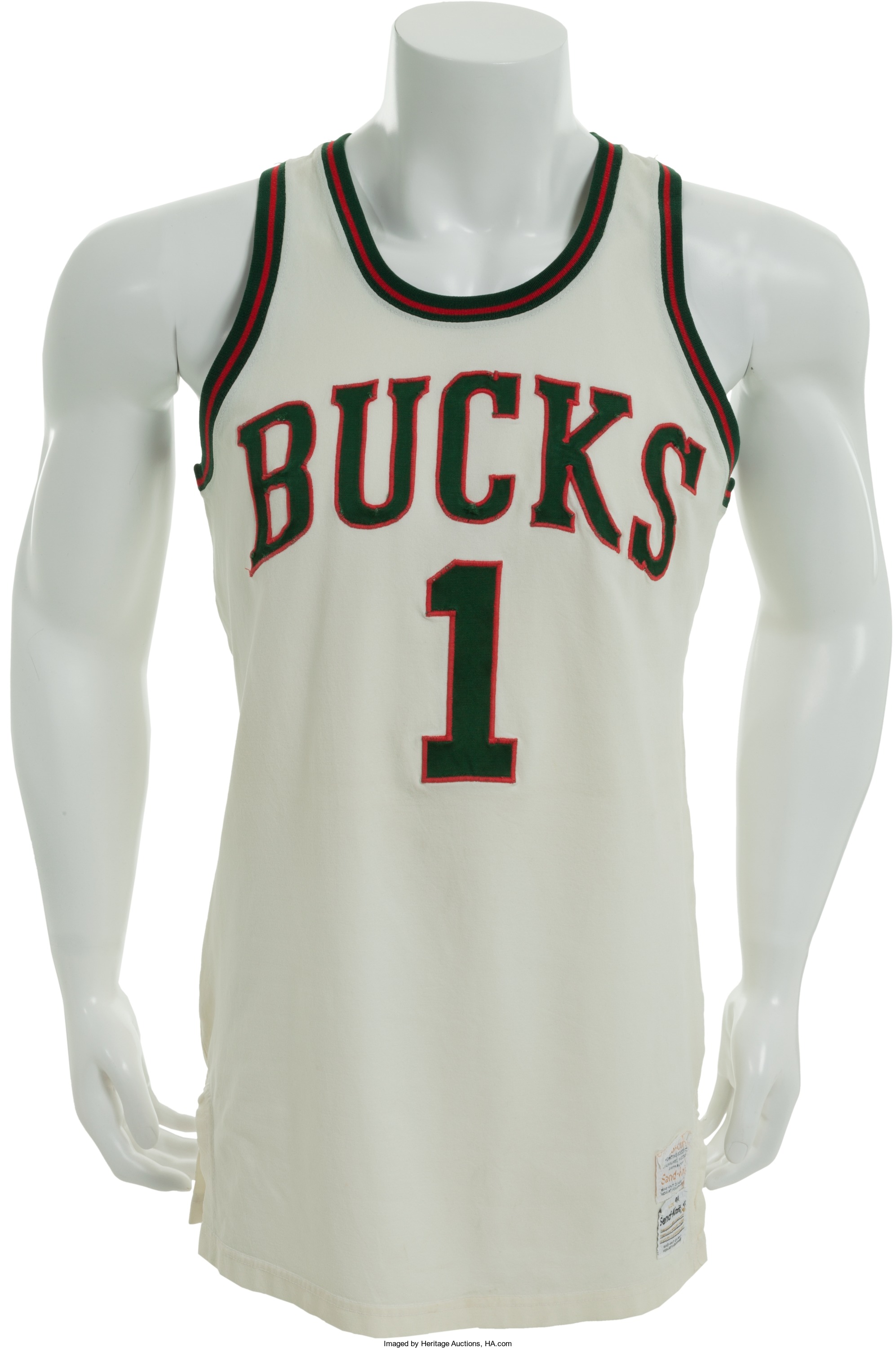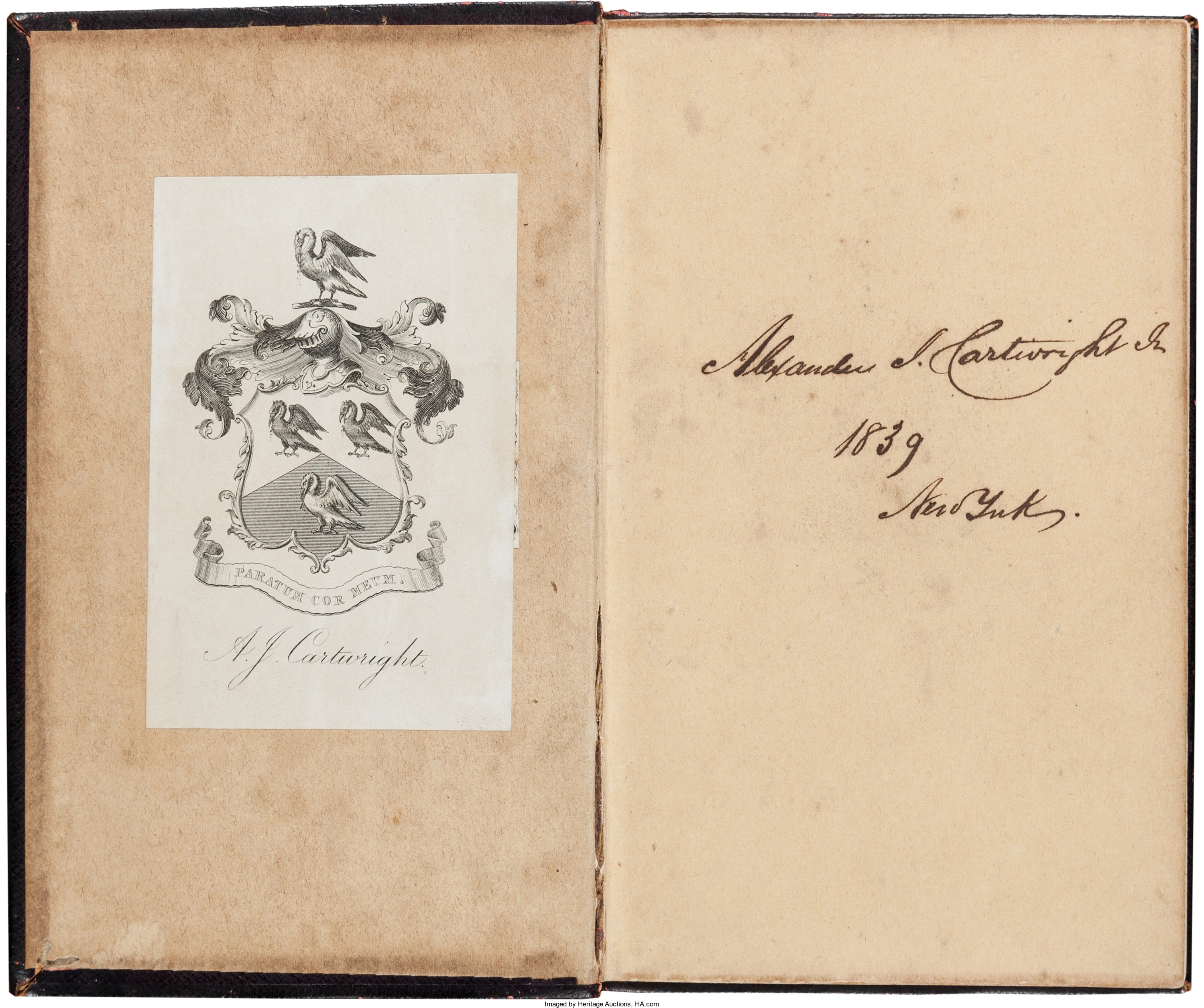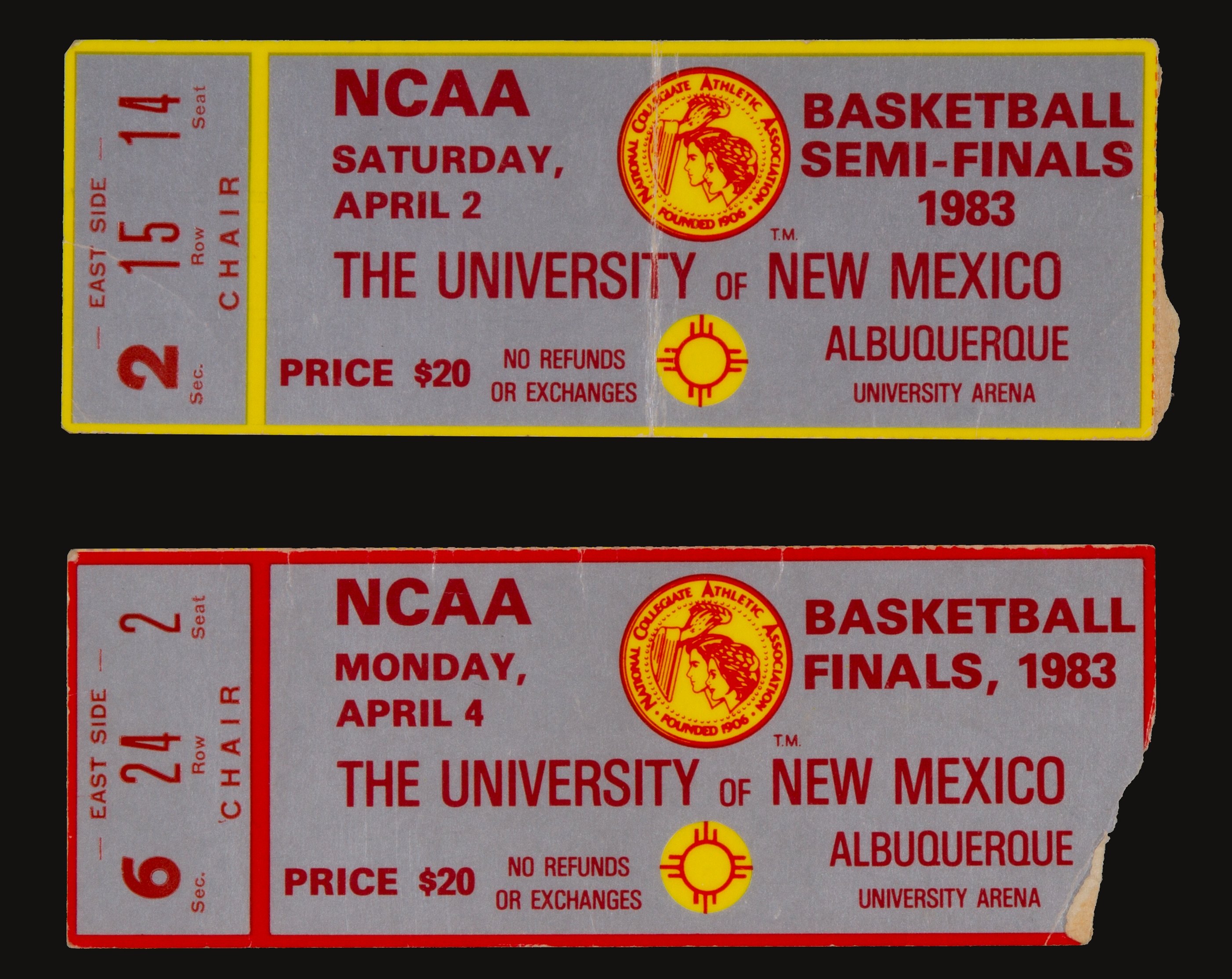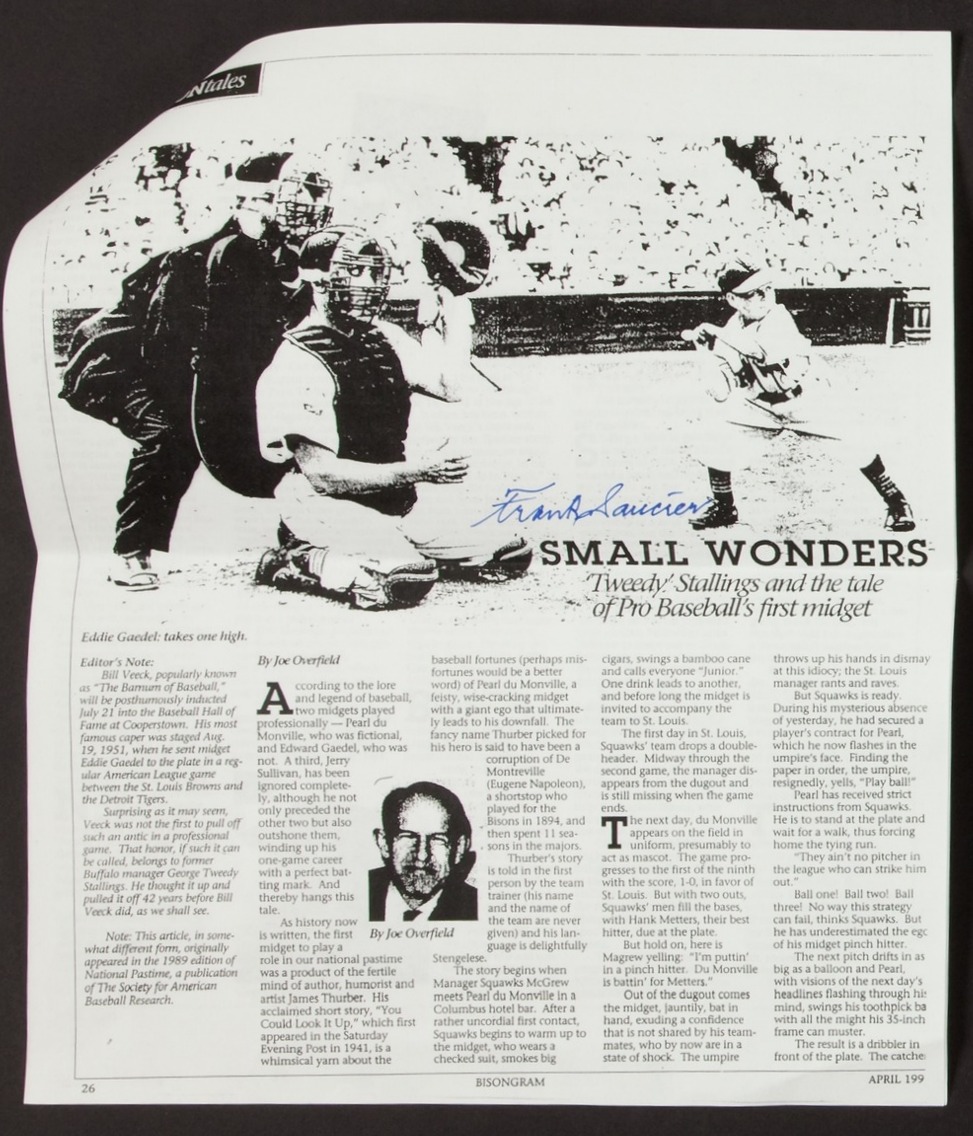

By Jim O’Neal
The shortest player to ever play Major League Baseball was Eddie Gaedel, who suited up for the St. Louis Browns.
Gaedel, 26, was 3-foot-7 and part of a promotional stunt by legendary Brown’s owner Bill Veeck (“As in Wreck” … the title of his autobiography).
On Aug. 19, 1951, in between games of a double-header with the Detroit Tigers, little Eddie – referred to as a “midget” by the press at the time – popped out of a giant birthday cake wearing an official St. Louis Browns uniform with the number 1/8 proudly on his back.
He then proceeded to pinch hit for the leadoff batter – right fielder Frank Saucier. When umpire Ed Hurley questioned manager Zack Taylor, Zack simply produced an official signed contract and Hurley allowed Gaedel to bat.
Eddie had been taught to hunch down, which reduced the strike zone … a lot. Pitcher Bob Cain walked him on four straight pitches and Gaedel was replaced by a pinch runner. The fans loved it and gave him a big cheer when they finally realized what the ploy was.
The following day, American League President Will Harridge refused to honor the contract: “Use of a midget is not in the best interests of baseball” … and that ended Gaedel’s career on the diamond.
However, 10 years later, Gaedel was back in the news … this time in Chicago with the White Sox, the next team Veeck owned. White Sox fans had been whining about the beer and hotdog vendors blocking their views while walking in the stands. So owner Veeck hired Gaedel and seven more people with dwarfism to work in the box-seat section peddling their wares on opening day 1961.
Veeck also asked “John F. Kennedy” to throw out the first ball … and Kennedy did! However, this JFK was a fan from suburban Oak Park with the same name, but not the president of the United States.
 Intelligent Collector blogger JIM O’NEAL is an avid collector and history buff. He is President and CEO of Frito-Lay International [retired] and earlier served as Chairman and CEO of PepsiCo Restaurants International [KFC Pizza Hut and Taco Bell].
Intelligent Collector blogger JIM O’NEAL is an avid collector and history buff. He is President and CEO of Frito-Lay International [retired] and earlier served as Chairman and CEO of PepsiCo Restaurants International [KFC Pizza Hut and Taco Bell].

